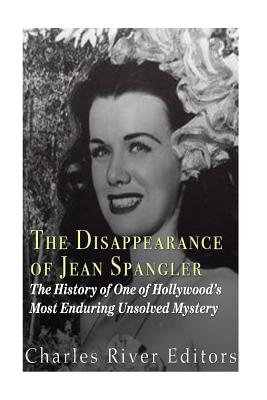*Includes pictures *Profiles Spangler's life and looks at the theories and suspects regarding her disappearance *Includes online resources, footnotes, and a bibliography for further reading "Can't wait any longer, Going to see Dr. Scott. It will work best this way while mother is away," - An unfinished letter found in Spangler's purse after her disappearance The Hollywood culture of the 1940s served as a symbol of fantasy for a country at war. The American population, steeped in a dark global reality, lived vicariously through the film industry's fantasy offerings on the big screen, and eagerly embraced the advent of television in the latter part of the decade. On the stage, images of idealized feminine beauty thrived in the Ziegfeld Follies tradition, Radio City Music Hall, Las Vegas, and the fantastical world created by Earl Carroll in his Hollywood theater. The marketing of American fantasy made for a spectacular outward show, but the interior of Hollywood's entertainment industry was at the same time experiencing its most corrupt decade. Mob bosses vied for power over the drug, alcohol, prostitution, and "protection" markets interconnected with the larger Hollywood image, and for women trying to get ahead in the movie or stage business, the environment was a dangerous one. Beauties came from all over the country to take their chance with fame, but for several, being abducted and gruesomely murdered was the best they could do to attain name recognition. Beginning with the mid-decade murder of actress Elizabeth Short, dubbed the Black Dahlia, a series of murders thought to be the serial work of one perpetrator became emblematic of Hollywood's hidden dangers. The mysterious case of actress and dancer Jean Spangler remains one of the most enduring such riddles in the annals of Hollywood crime. The nature of the case itself still evokes a public fascination many decades after her disappearance. Spangler found herself in southern California as a beautiful actress and dancer trying to land movie roles, a common story among the many young women gravitating to American entertainment centers from more conservative towns and cities. As a high-profile celebrity event, Spangler's case does not match the sensationalism attributed to figures such as Amelia Earhart, who sought to circumnavigate the globe by air, the political importance of union boss Jimmy Hoffa, or the fate of Judge Crater, a likely victim of the New York underworld. However, the Spangler story diffe










